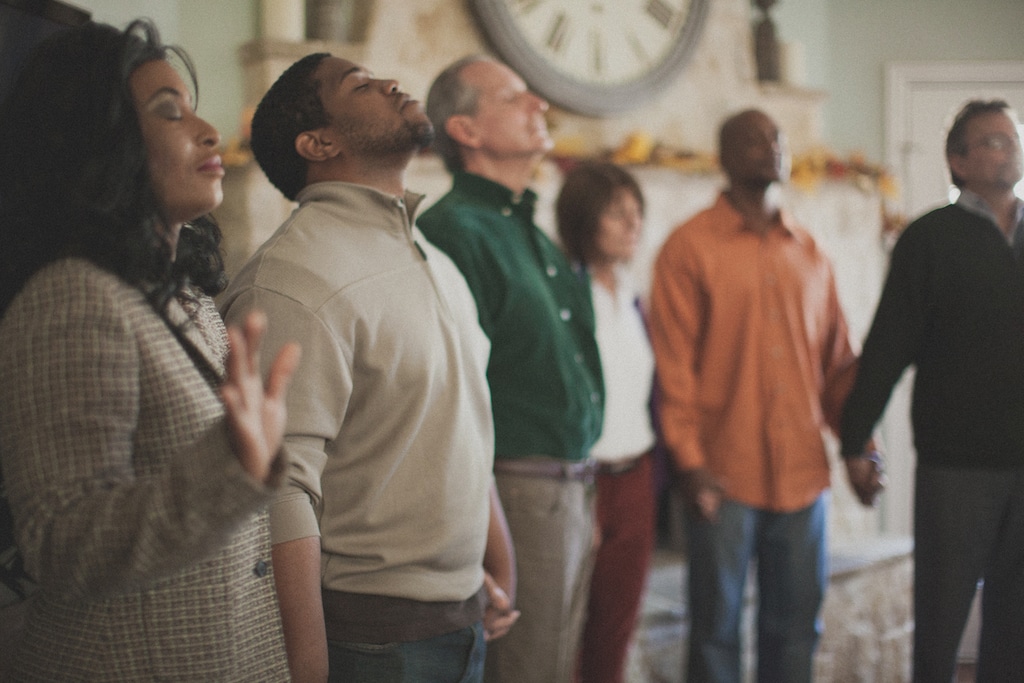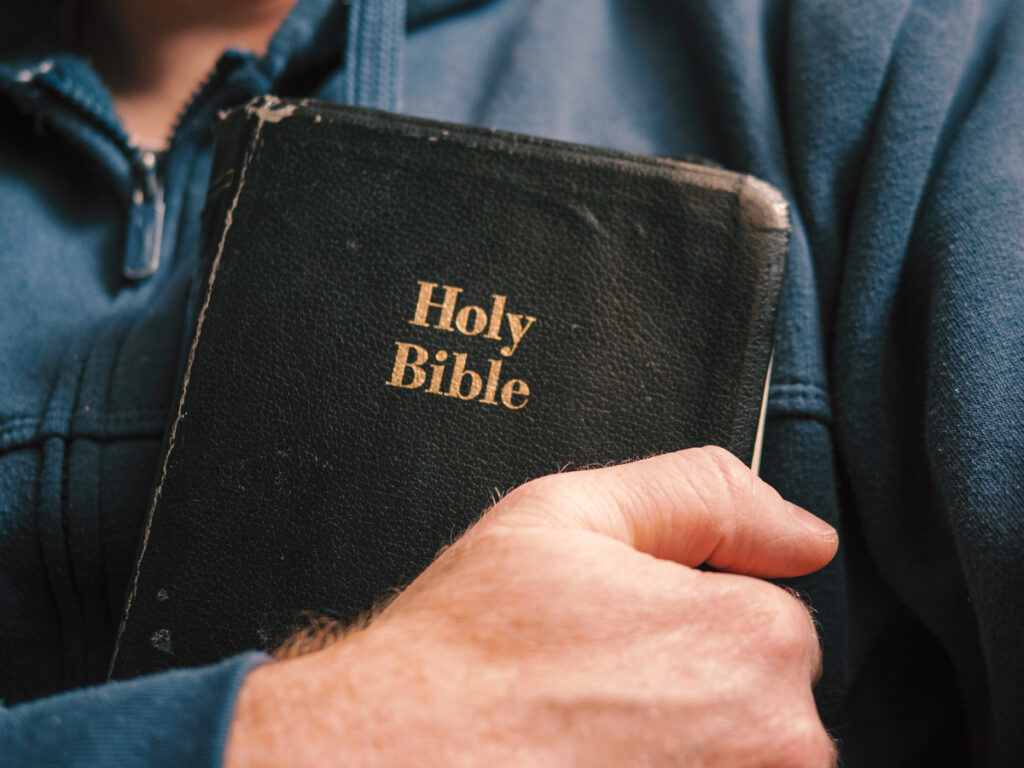Several years ago, a team from our church decided to prayerwalk our neighborhood. Historically, the area was divided down the middle, both socioeconomically and racially. While residents lived only a few feet from each other, their lives were miles apart.
Sadly, this is reflected in many of the churches in the community as well. Growing up in this neighborhood, I did not know that Christians from different ethnic backgrounds actually worshipped together. My entire world was surrounded by one ethnicity, so the idea of worshiping together was foreign to my young mind. Although I sang the song, “Jesus loves the little children … they are precious in His sight,” this was not a reality I saw lived out in my church community.
After being gone for 10 years, God called my family to plant a church in this same community. We had to wrestle with the question, “who will come to the church?” The obvious answer was people, but what type and from what side of the street was unclear. We firmly believed the vision that the New Testament church for both Jew and Gentile, rich and poor. The Scripture affirms this in Ephesians 2:15-16 – “He made of no effect the law consisting of commands and expressed in regulations, so that he might create in himself one new man from the two, resulting in peace. He did this so that he might reconcile both to God in one body through the cross by which he put the hostility to death.”
The finished work of the cross has removed the wall of hostility. Now those who were once enemies – of God and each other – worship under the same roof, breaking bread and glorifying Christ together. This truth fueled my own church planting journey, leading me to plant a multiethnic church in a divided community.
Throughout the Scripture, this thread of truth is clearly evident: God has always been for the nations. Our faith is a global faith and one for every nationality. The prophet Isaiah declared of the Messiah, “On that day the root of Jesse will stand as a banner for the peoples. The nations will look to him for guidance, and his resting place will be glorious” (Isa. 11:10).
Let me share three truths we have learned about multiethnic church planting:
1. It is a fruit of the gospel
When we think of what the Bible says about the multiethnic church planting, the church at Antioch is a beautiful picture of the Spirit working to save both Jew and Gentile, drawing them together in Jesus Christ. The ancient city of Antioch was estimated to have a population of more than 500,000 and a thriving Jewish colony of 70,000. In his writing, The Jewish Wars, Flavus Josephus ranked Antioch as the third greatest city in the Roman Empire. While we see both Hellenistic Jews and Gentiles tolerating each other, the gospel calls for – more than tolerance – reconciliation between God and man.
Antioch was a prime location for a multiethnic church plant and God used the persecution of the church as the means to reach the city with the gospel. Acts 11:19 says, “Now those who had been scattered as a result of the persecution that started because of Stephen made their way as far as Phoenicia, Cyprus, and Antioch, speaking the word to no one except Jews.”
The first church plant took root in Jerusalem, but Jesus called his disciples to be His witnesses in Judea, Samaria and to the ends of the earth. We only have to jump a few verses below and see the result of gospel message, “But there were some of them, men from Cyprus and Cyrene, who came to Antioch and began speaking to the Greeks also, proclaiming the good news about the Lord Jesus. The Lord’s hand was with them, and a large number who believed turned to the Lord” (Acts 11:20-21).
2. It takes grace and time
Through His finished work, Christ reconciled us to God. The power of the gospel is both vertical and horizontal, bringing both Jew and Gentile into right relationship with God and with each other. In regard to this reconciliation, 2 Corinthians 5:18 says, “All this is from God, who through Christ reconciled us to himself and gave us the ministry of reconciliation.” The multiethnic church showcases the very grace of God and illustrates the power of the gospel to a broken world.
In Antioch, the power of the gospel transformed the hearts of Jews and Gentiles, therefore a local church was birthed from the overflow of lives being transformed. As news of the work of God spread to the Jerusalem church, Barnabas was sent to not only see, but encourage the church in the grace of God. While two separate churches could have been planted in Antioch, we find one church. This one church showcased the beauty and power of the kingdom of God. I would argue that we don’t have to wait for Christ’s return to see a multiethnic church, as multiethnic church planting shows His kingdom on display now.
As the church continued to grow at Antioch, Barnabas, a man of faith and wisdom, reached out to the apostle Paul, who the Bible tells us remained with the new believers for a whole year. The Scripture doesn’t detail everything Paul taught them but, walking through his epistles, we can surmise it was teaching that rooted them deeper in the Lord Jesus Christ.
These new believers needed to be taught the ethic of Christianity – which was radically different than the Roman culture around them. They needed to know how to live out this new life in Christ along with their new family of God. In the church I pastor, there were those who never ate at the table of someone of a different ethnicity. While we often had fellowship meals after service, I began to challenge our members to not only break communion bread with fellow believers, but invite them into their homes.
3. It may be misunderstood
In the lobby of our church, a visitor once shared with me that our church wasn’t her cup of tea. I understand every church is unique and not everyone will connect with your local church, but I wanted to know why she felt that way. She stated directly that it was the idea that we had a mix of ethnicities worshipping together and she believed many felt the same. We should not be surprised when the work of God is misunderstood. Since the day of Pentecost, the Lord Jesus has drawn people from every ethnicity into His kingdom. The Christians at Antioch were misunderstood as well. It was here at Antioch that the followers of Jesus were called Christians or, literally, partisans of Christ.
This term of disdain was adopted by the “followers of the way” and we wear the name “Christian” to this day. Yet, think of this, it wasn’t just the Jews who adopted this name, it was the Gentiles as well. They both were now one in Christ and were each treated like the Master together. In multiethnic church planting we must be willing to be misunderstood by the world, while standing firm in our faith with our brother and sisters in Christ. At Antioch the leadership was diverse. They led a diverse group of believers serving Jesus in a difficult place to be Christian.
Today, we need more Antioch churches planted where the gospel moves in power, lives are transformed and the pews reflect the beauty of the kingdom of God!
Published May 8, 2023




